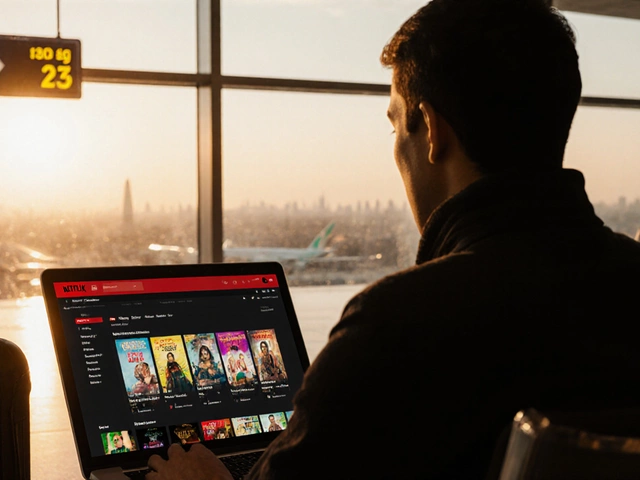Electronics Shipping: What You Need to Know Before You Ship
Got a phone, laptop, or a batch of gadgets to move? Shipping electronics can feel tricky, but with the right steps you can avoid damage, extra fees, and delays. This guide walks you through the basics, from packing the right way to picking a carrier that won’t overcharge.
Pack It Right, Ship It Safe
The first line of defense is good packaging. Use a sturdy box that’s at least two inches larger than the item so you can add cushioning. Bubble wrap, foam peanuts, or even crumpled paper work well—just make sure the product doesn’t move around.
Seal the box with strong packing tape and label it clearly. If you’re sending multiple items, separate each unit with its own protective layer. This reduces the chance that one broken piece will damage the others.
Don’t forget the little things: remove batteries if possible, and place them in a separate bag. Many carriers treat batteries as hazardous, so keeping them separate can save you a lot of paperwork.
Choose the Right Carrier and Service
Not all carriers treat electronics the same. For domestic shipments, services like DHL Express, FedEx Ground, or India Post’s Speed Post often have special rates for low‑value electronics. For international moves, compare the customs rules of the destination country—some lift duties on personal gadgets up to a certain value.
Look for services that offer tracking and insurance. Tracking lets you and the buyer see where the package is, while insurance protects you if the item gets lost or damaged. Many carriers let you add insurance for a few rupees per 100 USD of declared value.
When you fill out the shipping form, be honest about the item’s type and value. Mislabeling can lead to fines or seizure at customs. Use a clear description like “smartphone – 128 GB” and declare the correct value.
Shipping costs depend on weight, size, and distance. To keep costs low, measure your package accurately and avoid oversized boxes. Some carriers charge by volumetric weight (length × width × height ÷ 5000), so a bulky but light box can cost more than a heavy one.
Finally, consider consolidation services if you’re sending many items. These services group several orders into one shipment, reducing per‑item cost and carbon footprint.
By following these steps—proper packaging, honest labeling, and smart carrier selection—you’ll get your electronics to the right place, on time, and without breaking the bank.
Carrying a 65-Inch TV from USA to India: What You Need to Know
Shipping a 65-inch television from the USA to India requires understanding of import duties, shipping options, and regulations. This article delves into practical tips for ensuring your television arrives safely and within legal requirements. The process involves several steps, including comparing freight services, understanding Indian customs, and packing securely. Explore the costs, potential challenges, and benefits of bringing a large screen TV to India.
Read More




